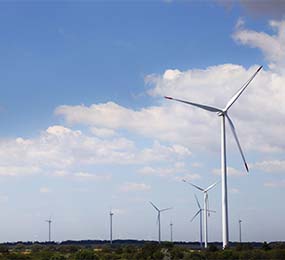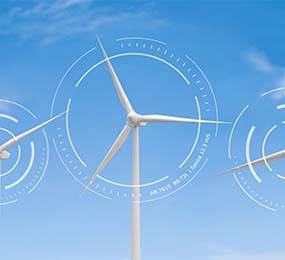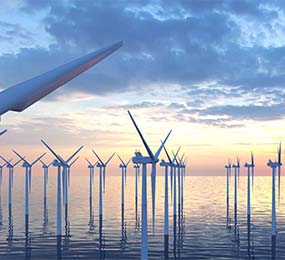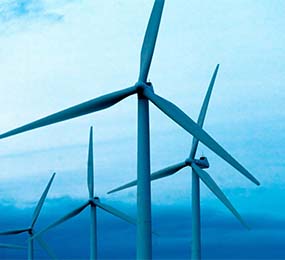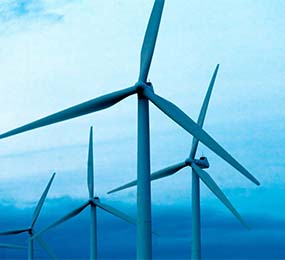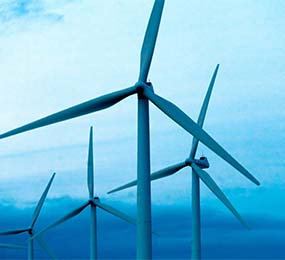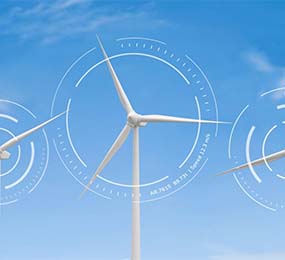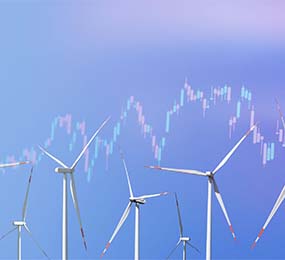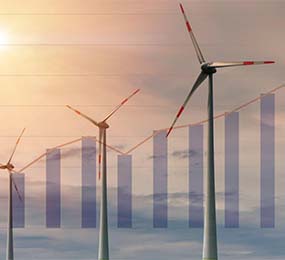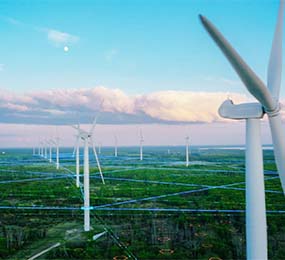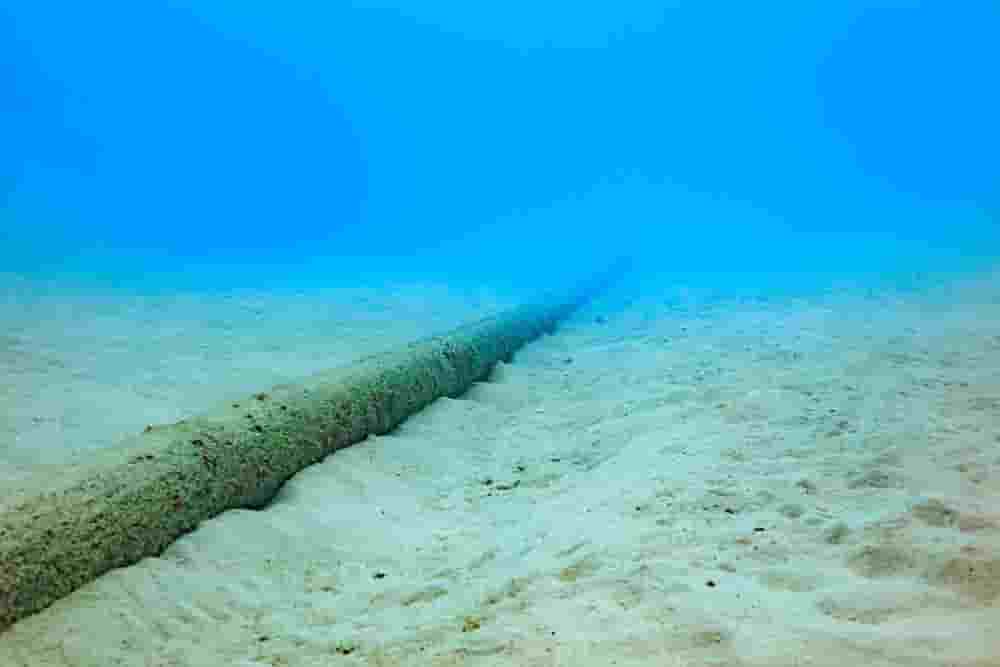Innovations in Wind Blade Materials: Enhancing Performance and Sustainability
The renewable energy sector has witnessed remarkable advancements in recent years, and wind energy stands at the forefront of this green revolution. Wind turbines are crucial components of wind energy generation, and their efficiency and performance rely heavily on the quality and design of wind blades. Over the years, significant progress has been made in developing innovative materials for wind blades, aimed at enhancing their performance, durability, and sustainability.
1. Composite Materials: Composite materials, particularly fiberglass, have been widely used in wind blade manufacturing due to their lightweight and strong properties. However, recent innovations focus on improving the sustainability of these materials. For example, researchers are exploring the use of bio-based resins derived from renewable sources, such as plant-based polymers, to replace traditional petroleum-based resins. This shift towards bio-based resins reduces the carbon footprint and enhances the sustainability of wind blade production.
2. Carbon Fiber Reinforcement: Carbon fiber is gaining attention as a reinforcement material for wind blades due to its exceptional strength-to-weight ratio. It allows for the production of longer and lighter blades, resulting in increased energy capture and higher turbine efficiency. Innovations in carbon fiber manufacturing techniques aim to improve its performance and reduce production costs, making it more accessible for the wind energy industry.
3. Hybrid Materials: Hybrid materials, combining different types of fibers and resins, offer a unique opportunity to optimize wind blade performance. For instance, hybrid laminates that combine fiberglass and carbon fiber layers provide a balance between strength, stiffness, and cost-effectiveness. By strategically placing these materials within the blade structure, manufacturers can tailor the properties of wind blades to specific operational conditions and optimize energy production.
4. Smart Materials and Sensors: Another area of innovation in wind blade materials is the integration of smart materials and sensors. These materials have the ability to respond to environmental conditions and adjust the shape and performance of the blades accordingly. For example, shape memory alloys embedded in the blade structure can react to changes in wind speed and adjust the blade's shape for optimal energy capture. Additionally, the incorporation of sensors allows for real-time monitoring of blade performance, enabling proactive maintenance and improving overall turbine reliability.
5. Recyclable and Sustainable Solutions: As the wind energy sector expands, the need for sustainable end-of-life solutions for wind blades becomes crucial. Innovations in recyclable materials and blade designs are addressing this challenge. Researchers are exploring methods to disassemble and separate different materials used in wind blades for efficient recycling. Additionally, the development of circular economy models, where old blades are repurposed or recycled into new products, offers a sustainable approach to blade disposal and minimizes waste.
The innovations in wind blade materials not only enhance performance but also contribute to the overall sustainability of the wind energy sector. By incorporating bio-based resins, carbon fiber reinforcement, hybrid laminates, smart materials, and recyclable solutions, the industry is moving towards more efficient and environmentally friendly wind turbines. These advancements not only increase energy generation but also reduce the carbon footprint associated with wind blade production and disposal.
Moreover, the continuous development of innovative wind blade materials fosters a competitive market, driving down costs and making wind energy more economically viable. This, in turn, accelerates the adoption of wind power and contributes to the global transition to a clean and sustainable energy system.
In conclusion, the innovations in wind blade materials are revolutionizing the renewable energy sector by improving the performance, durability, and sustainability of wind turbines. The integration of composite materials, carbon fiber reinforcement, hybrid laminates, smart materials, and recyclable solutions paves the way for more efficient and eco-friendly wind blades. As these innovations continue to evolve, we can expect wind energy to play a significant role in meeting the world's growing energy demands while mitigating the impact of climate change.
Visit our website to know more: https://www.leadventgrp.com/events/2nd-annual-wind-blade-materials-and-recycling-forum/details
For more information and group participation, contact us: [email protected]
Leadvent Group - Industry Leading Events for Business Leaders!


